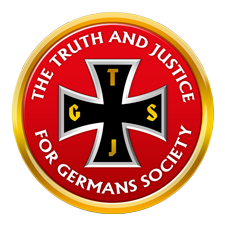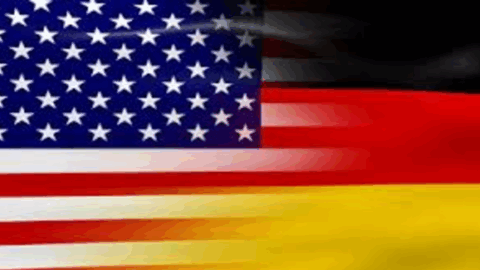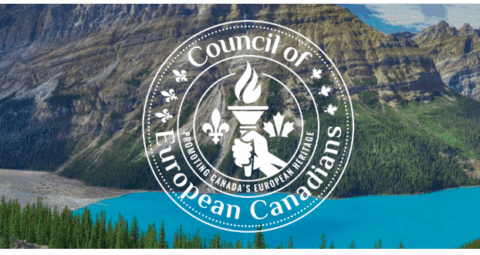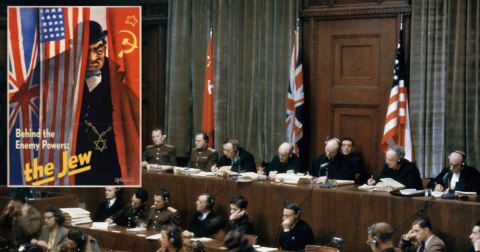Modern German literature begins around 1750 with the dramas of Lessing (Miss Sara Sampson, 1755; Minna von Barnhelm, 1767), the poems of Klopstock and the novels of Gellert, Wieland and Sophie von La Roche.
The classical period in German literature is known as the Goethezeit, in other words Goethe’s (life)time (1749-1832). Within this period there are several key turning points: Goethe’s move to Weimar in 1775; Goethe’s departure for Italy in 1786 and Schiller’s death in 1805. In the last few years of the century the German Romantics Tieck, Schlegel and Novalis produced some astonishingly modern writing. But it is also rewarding to read texts by mid 18th century poets such as Gleim, Klopstock, Albrecht von Haller and Anna Louisa Karsch.
The 18th century moves from the Enlightenment to Romanticism, but it is too simplistic to say that the Enlightenment represents rationality and that Romanticism represents an emotional backlash to it. It is more accurate to say that Romanticism is an extension of the Enlightenment concern with the self and its limits, one which developed as a result of the triple shock of the French revolution, the industrial revolution and Kantian philosophy.
The 18th century in Germany contains a number of partially overlapping periods, genres, movements and/or groupings:
Early Enlightenment (Frühaufklärung)
The Enlightenment actually begins in the early 17th century with Descartes in France and in mid-17th century with Pufendorf in Germany. The most important German philosopher of the early Enlightenment is Leibniz (1646-1716). Leibniz’s ideas were popularised by Christian Wolff (1679-1754). The most important public intellectual of this period was Christian Thomasius (1655-1728). Also worthy of note are the poet Barthold Heinrich Brockes (1680-1747), the art historian Johann Joachim Winckelmann (1717-1768); the prose satirist Gottlieb Wilhelm Rabener (1714-1771) who was known as ‘the German Swift’; and Anton Wilhelm Amo (circa 1703-circa 1759), a black African who in 1736 became Professor of Philosophy at the University of Halle. In the first half of the 18th century, enlightened tragedies and comedies were written by Johann Christoph Gottsched and his wife Luise Adelgunde Gottsched.
Rococo (mid 18th century)
This refers to the charming poetry produced by Gleim, Hagedorn and Uz. Their poems were modelled on the ancient Greek poet Anacreon who wrote love poems and drinking songs.
Literature of Sensibility (Literatur der Empfindsamkeit)
This mid-18th century genre, developed by English and French writers such as Richardson and Prévost, soon became highly popular in German, e.g. Gellert‘s Leben der schwedischen Gräfin von G…; Life of the Swedish Countess of G… (1748). Wieland and La Roche produced fine sentimental novels, but the most famous novel of this genre in German is Goethe’s epistolary novel Die Leiden des jungen Werthers; The Sorrows of Young Werther (1774). Later examples of this genre are Johann Martin Miller’s Siegwart (1776), the novels of Jean Paul (Johann Paul Friedrich Richter), and Caroline Auguste Fischer’s epistolary novel Die Honigmonathe; The Honeymoon (1802).
Sturm und Drang (‘Storm and Stress’)
This movement lasted less than a decade (1770-78). Under the aegis of Johann Gottfried Herder and Shakespeare, young German writers such as Goethe, Jakob Michael Reinhold Lenz, Johann Heinrich Merck, Friedrich Maximilian Klinger and Friedrich (Maler) Müller cut loose from French classical models in order to produce some intense, realistic dramas. Schiller was not a member of the movement, although his early plays (1781 onwards) show affinities with it. In the wake of Sturm und Drang a number of popular gothic novels appeared by writers such as Benedikte Naubert and C. A. Vulpius.
The late Enlightenment (Spätaufklärung), roughly the second half of the 18th century, boasts a number of philosophers and writers including Kant, Lichtenberg, Herder, Hamann, Friedrich Nicolai, Georg Forster, Theodor Gottlieb von Hippel and Carl Arnold Kortum. Of great psychological interest is the autobiography of Karl Philipp Moritz.
This name is given to the period of Goethe and Schiller’s mature works, and particularly to the period of their collaboration, 1794-1805. Arguably though, Goethe’s classical period begins earlier, with his departure for Italy in 1786. This period ends in 1805 with Schiller’s death.
Around 1800 writers such as Wackenroder, Tieck, Novalis, Karoline von Günderrode, Friedrich Schlegel, Dorothea Schlegel and August Wilhelm Schlegel imbued art with a new religious significance, combining medieval nostalgia with modern insights into the nature of the self. The early Romantics were influenced by the work of the philosophers Kant and Fichte. The novelist Jean Paul (Johann Paul Friedrich Richter) was not a member of this group but his work can be seen as loosely associated with early Romanticism.
Nicholas Boyle, Goethe, The Poet and the Age: Vol. 1, The Poetry of Desire, 1749-1790 (Oxford: Clarendon, 1991); Goethe, The Poet and the Age: Vol. 2, Revolution and Renunciation, 1790-1803 (Oxford: Clarendon, 2000)
W. H. Bruford, Germany in the eighteenth century: the social background of the literary revival (Cambridge: Cambridge University Press, 1935)
W. H. Bruford, Theatre, Drama and Audience in Goethe’s Germany (London: Routledge & Kegan Paul, 1950)
W. H. Bruford, Culture and Society in Classical Weimar, 1775-1806 (Cambridge: Cambridge University Press, 1962)
Matt Erlin and Sean Franzel (eds.), Seminar: A Journal of Germanic Studies 49:2 (2013), special issue on the eighteenth-century novel
Peter Gay, The Enlightenment: An Interpretation, 2 vols (London: Weidenfeld & Nicolson, 1967-70)
Paul Hazard, The European Mind 1680-1715, trans. by J. Lewis May (Harmondsworth: Penguin, 1973); reprinted as Paul Hazard, The Crisis of the European Mind: 1680-1715, intro. by Anthony Grafton (New York: New York Review Books, 2013)
K. F. Hilliard, Freethinkers, Libertines and Schwärmer: Heterodoxy in German Literature, 1750-1800 (London: igrs, 2011)
Jonathan Israel, Radical Enlightenment: Philosophy and the Making of Modernity 1650-1750 (Oxford: Oxford University Press, 2001)
Roy Pascal, The German Sturm und Drang (Manchester: Manchester University Press, 1953)
T. J. Reed, The Classical Centre: Goethe and Weimar 1775-1832 (Oxford: Oxford University Press, 1986)
T.J. Reed, Mehr Licht in Deutschland – Eine kleine Geschichte der Aufklärung (Munich: Beck, 2009)
Lilian R. Furst, Romanticism in Perspective: a comparative study of aspects of the Romantic movements in England, France and Germany (London: Macmillan, 1969)
Jerome McGann, The Romantic Ideology: A Critical Investigation (Chicago: Chicago University Press, 1985)
Alan Menhennet, The Romantic Movement (London: Croom Helm, 1981)
Siegbert Prawer (ed.), The Romantic Period in Germany (London: Weidenfeld & Nicholson, 1971)
Nicholas Saul (ed.), The Cambridge Companion to German Romanticism (Cambridge: Cambridge University Press, 2009)
Theodore Ziolkowski, German Romanticism and Its Institutions (Princeton, NJ: Princeton University Press, 1990)
Joachim Whaley, ‘True Enlightenment can be both achieved and beneficial.’ The German Enlightenment and its Interpretation (2014)



